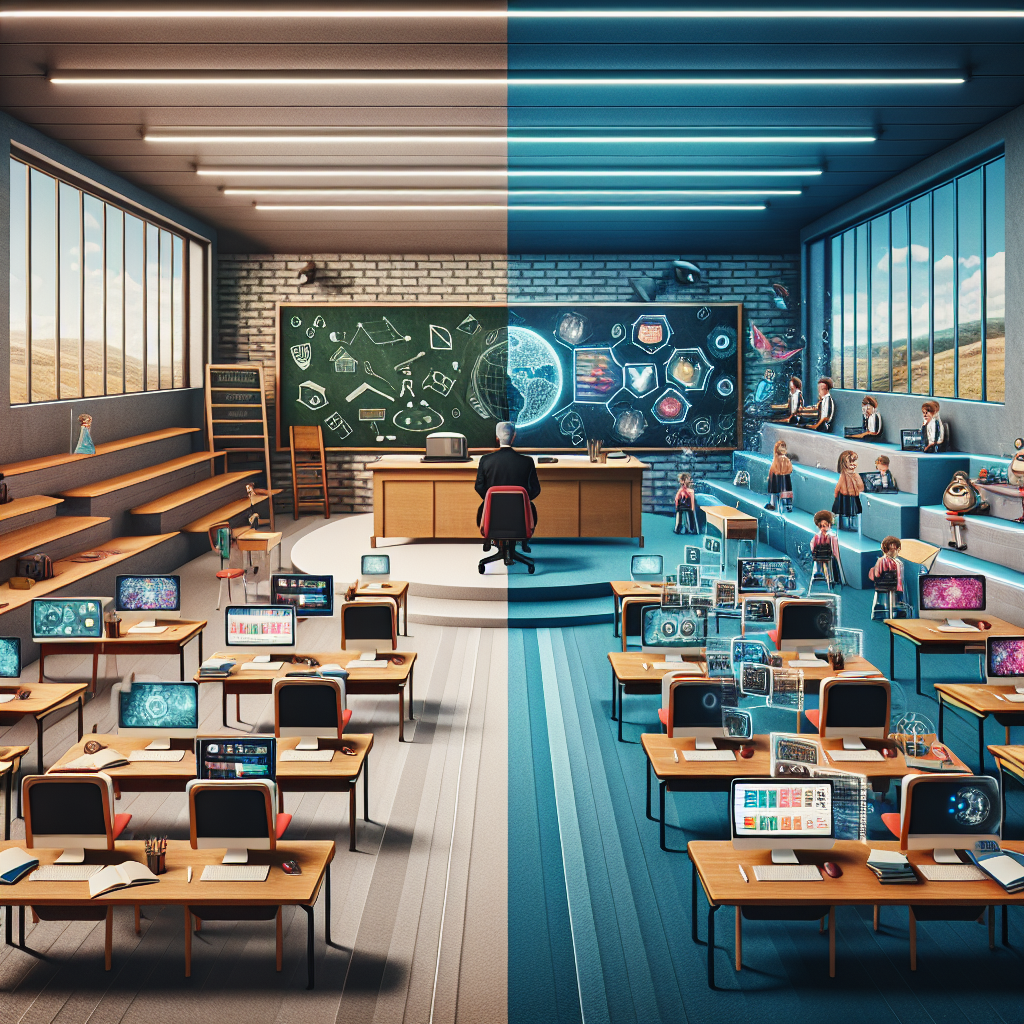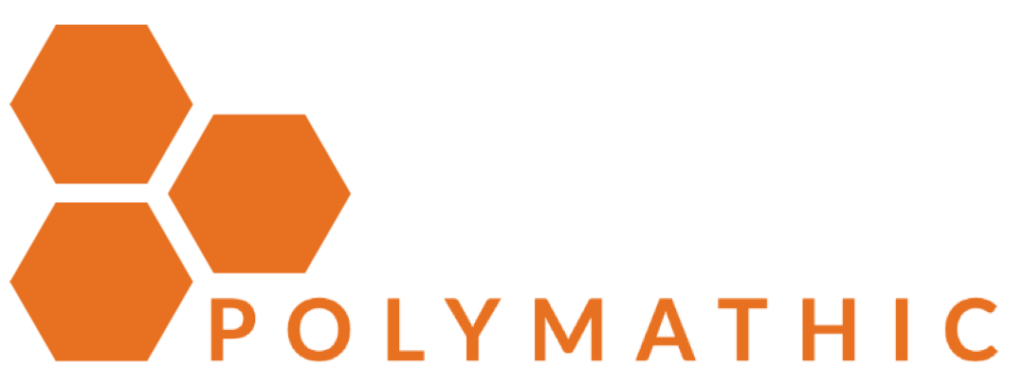From Content Creation to Course Customization: How AI is Powering Hyperpersonalized Learning

Introduction
The traditional education model has long struggled with its one-size-fits-all approach. Course content remains static, instruction is largely uniform, and personalization is limited to what an instructor can provide within the constraints of time and resources. However, artificial intelligence (AI) is now redefining curriculum design, enabling hyperpersonalized learning that adapts to individual students' needs, abilities, and preferences. With AI-driven tools, education is shifting from rigid, standardized instruction to dynamic, student-centered learning pathways.
The Rise of AI-Driven Content Creation
For decades, course creation has been an expensive and time-intensive process, often requiring six to nine months of development by instructional designers, subject matter experts, and media teams. The cost alone has made frequent content updates impractical. AI is changing that equation. Generative AI tools can produce well-structured course materials, quizzes, and even entire microlearning modules in a fraction of the time it traditionally took. By automating content generation, institutions can rapidly iterate and customize course materials to keep pace with industry trends and new research.
AI-assisted research tools are also making it easier to integrate relevant, up-to-date information into learning modules. Instead of static syllabi that become outdated, AI can recommend supplementary readings, update statistics, and even rewrite lesson plans dynamically. This continuous content refresh ensures students are learning the most relevant and current material available.
AI-Powered Adaptive Learning Systems
Beyond content generation, AI is enabling hyperpersonalization in instruction. Many existing platforms, such as Coursera and Duolingo, already use AI to adjust content difficulty based on individual progress. However, more sophisticated AI models can track learning patterns and cognitive behaviors, tailoring lesson delivery in real time.
For example, AI-driven adaptive learning systems can analyze a student's responses, identify weak points, and provide targeted interventions. If a student struggles with a concept, AI can generate customized exercises, suggest alternative explanations, or even reframe the material using a different teaching style. Instead of merely speeding up learning, AI can reshape how learning happens, making it more interactive and responsive to each student’s unique needs.
Personalized Learning Journeys
One of AI’s most promising contributions to education is the creation of individualized learning pathways. Traditional curricula force all students to progress at the same pace, regardless of their background knowledge or aptitude. AI changes this by assessing each student’s prior knowledge and structuring a customized learning experience that adapts over time.
This personalization extends beyond just pace and difficulty. AI can tailor content based on a student’s career goals, learning preferences, or even personality traits. For instance, an AI-driven learning system can present case studies relevant to a student’s industry or provide different types of explanations depending on whether a student learns best through visuals, storytelling, or analytical reasoning. This kind of hyperpersonalization ensures that every learner engages with material in a way that resonates with them.
Challenges and Considerations
While AI’s role in education is promising, there are challenges to address. The quality of AI-generated content still requires expert oversight to ensure accuracy and reliability. Educators must transition from being sole content providers to acting as curators, guiding AI-driven processes while maintaining pedagogical integrity.
Additionally, hyperpersonalization carries the risk of creating “algorithmic bubbles.” By over-customizing learning materials, students might be exposed only to information that reinforces their existing knowledge or biases, limiting their exposure to diverse perspectives. Striking a balance between personalized content and broad-based education is crucial.
Privacy and data security are also major concerns. AI-driven personalization relies on tracking student data, which raises ethical questions about data ownership, consent, and potential misuse. Institutions must ensure that personalization efforts adhere to strict privacy standards and are transparent about how student data is used.
The Future of AI-Driven Learning
AI-powered learning is still in its early stages, but the potential is immense. We are moving toward a future where no two students experience the exact same course. AI teaching assistants, conversational AI tutors, and even AI-generated mentorship programs could further personalize learning by providing tailored feedback, answering student questions in real time, and dynamically adjusting instructional strategies.
Furthermore, AI could facilitate fully individualized degree programs, where students build custom curricula based on evolving career aspirations and market needs. With AI’s ability to create and curate educational content at scale, institutions can provide more flexible and relevant learning experiences that cater to students' specific goals.
Conclusion
Hyperpersonalization in education is no longer a futuristic concept—it is happening now. AI is reshaping curriculum design, making learning more adaptive, dynamic, and student-centered. By leveraging AI to automate content creation, customize instruction, and tailor learning journeys, education can move beyond rigid structures to a more fluid and responsive model. While challenges remain, the shift toward AI-driven personalization holds the potential to democratize access to high-quality education and make learning a truly individualized experience.
